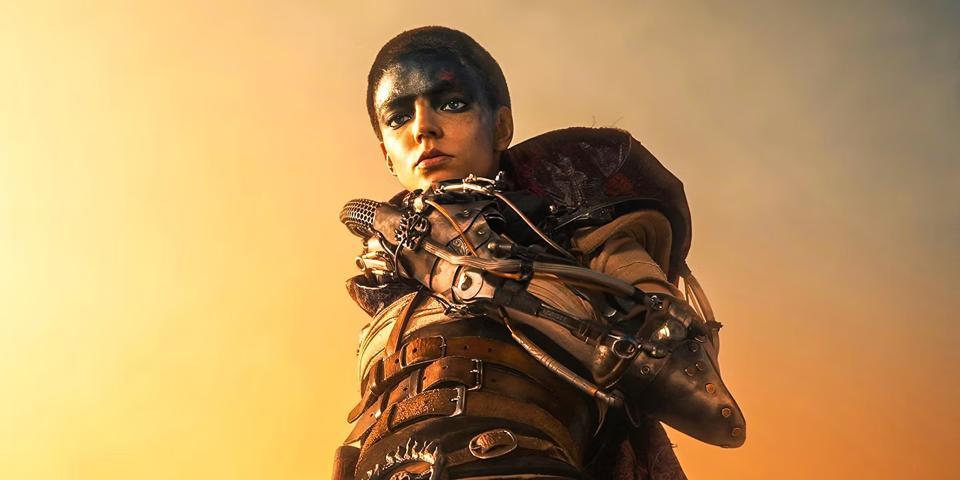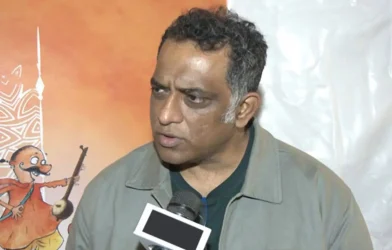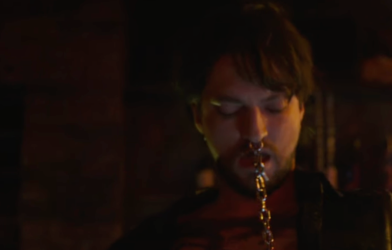Furiosa: A Mad Max Story
Witness me.
There’s a whiff of tragedy hanging around Furiosa: A Mad Max Saga, the first Mad Max movie since George Miller—who also wrote and directed Happy Feet, curiously enough—blew us all away with 2015’s Fury Road. Unlike that film, Furiosa has been a box-office bomb. It doesn’t deserve to be. Miller’s latest is an action-movie masterpiece, and an important new chapter in the Australian director’s apocalyptic saga that began 45 years ago with Mel Gibson’s 1979 Mad Max.
Here, we tell a new origin story, that of Furiosa herself, played here by Alyla Browne as child Furiosa for the first act of the film, and then by Anya Taylor-Joy for the final two thirds. Furiosa was first introduced in Fury Road, where she was played by Charlize Theron, and Taylor-Joy does an astonishingly terrific job of portraying the character as close to Theron’s as possible, right down to the voice. I’ve always been impressed with Taylor-Joy’s acting chops, but here she really shines, even with very few lines. Her physical presence is indomitable and captivating. This is how you do a strong female protagonist.
The only problem with Furiosa was its marketing. Nine years after Fury Road, a pandemic that hit movie theaters particularly hard—on top of the rise of streaming, a one-two-punch that left a real doozy of a wallop—this film needed better promotion. The first trailer was really bad. It looked cartoony, with overbearing CGI, almost like the antithesis of Fury Road’s live-action goody goodness.
This was a bizarrely misleading trailer, because the movie we got looks nothing like that cheap glitz trailer. I think a mixture of apathy, theatrical decline and bad marketing really sunk this one, and that’s a shame because it’s the most fun I’ve had at the movies in years.
Praetorian Jack
George Miller does one thing better than any film director I can think of: He puts the motion in motion pictures. Working with cinematographer Simon Duggan, Miller manages to make every scene in Furiosa come to pulsing life with some of the most fluid, frenetic action I’ve ever seen on-screen. (John Seale did the brilliant cinematography on Fury Road, but both films share the same DNA; Seale retired after his final film, Three Thousand Years Of Longing). And this movie is huge, with tons of big action scenes and wild locations.
Production Designer Colin Gibson had 72 crew members working in his department alone, over twice as many as the first Mad Max film had in total. Stunts boasted 172 members. All of this was, at one point, going to be an anime film and you can see how the sensibilities of anime filtered into the project. It’s been likened to the 1988 anime classic Akira, which is full of motorcycles and outlandish, larger-than-life characters, though it’s cyberpunk rather than apocalypse-desert.
Dementus
The story is of the origins of Imperator Furiosa who Max (played by Tom Hardy in Fury Road) ends up grudgingly helping in her fight against the tyrant Immortan Joe (Hugh Keays-Byrne). We meet her here as a young girl in the Green Place, an oasis where her people have made a home (the women we later meet in Fury Road are its last survivors). She’s taken by the hilarious, pompous, dreadful bandit warlord, Dementus (a bearded, chaos-drunk Chris Hemsworth in one of his best roles) and then traded to Immortan Joe as a child-bride to join his harem, a fate she escapes through wit and steel, but never forgets.
The film is told in colors. The teal-blue of the sky. The rust-orange of the desert. Dementus’s cloak—first pure white, as white as puffy clouds, then soiled with flare, bloodening red, then eventually black and tarnished as the warlord’s oily, guzzolene-black heart.
Furiosa eventually meets Praetorian Jack, one of Immortan Joe’s lieutenants, and he raises her up and trains her, teaching her everything she hasn’t learned and setting her up as his successor. Her first and only friend since she was taken.
We learn all about the various factions. Dementus is the leader of the Biker Horde and eventually takes control of Gas Town, where all the guzzolene comes from. Immortan Joe rules the Citadel and his fanatical War Boys. The Bullet Farmer makes up the third pole of influence. Having all these places and factions fleshed out is really delicious for those of us who love the Mad Max universe and lore.
Furiosa
But it’s the action—and the way Miller weaves story and action so deftly—that really makes this movie shimmer, that action elevates it above most other films in the genre. I can’t count the number of times I laughed out loud simply because the set-pieces were so glorious or the ways the bandits and War Boys fought so imaginative and breathtaking. One tanker chase scene in particular turned into perhaps the finest single combat in any of Miller’s movies, with the action taking place as much in the air as it was on the ground, and all in motion. Constant motion. The camera following every flung body, every explosion, under the truck and into the sky in a graceful, madcap ballet. Glorious! So shiny! So chrome!
I wish I could go back in time and make myself drive to somewhere that has an IMAX theater or at least a really good Dolby Digital experience and watch this the way god intended, on the biggest screen possible with the best sound possible. As it stands, I’m just glad I saw it in theaters. This is a film you don’t want to miss, and one that deserves to be seen on the biggest, best screen you can find. Go see it before it leaves theaters if you can.
Score: 10/10









